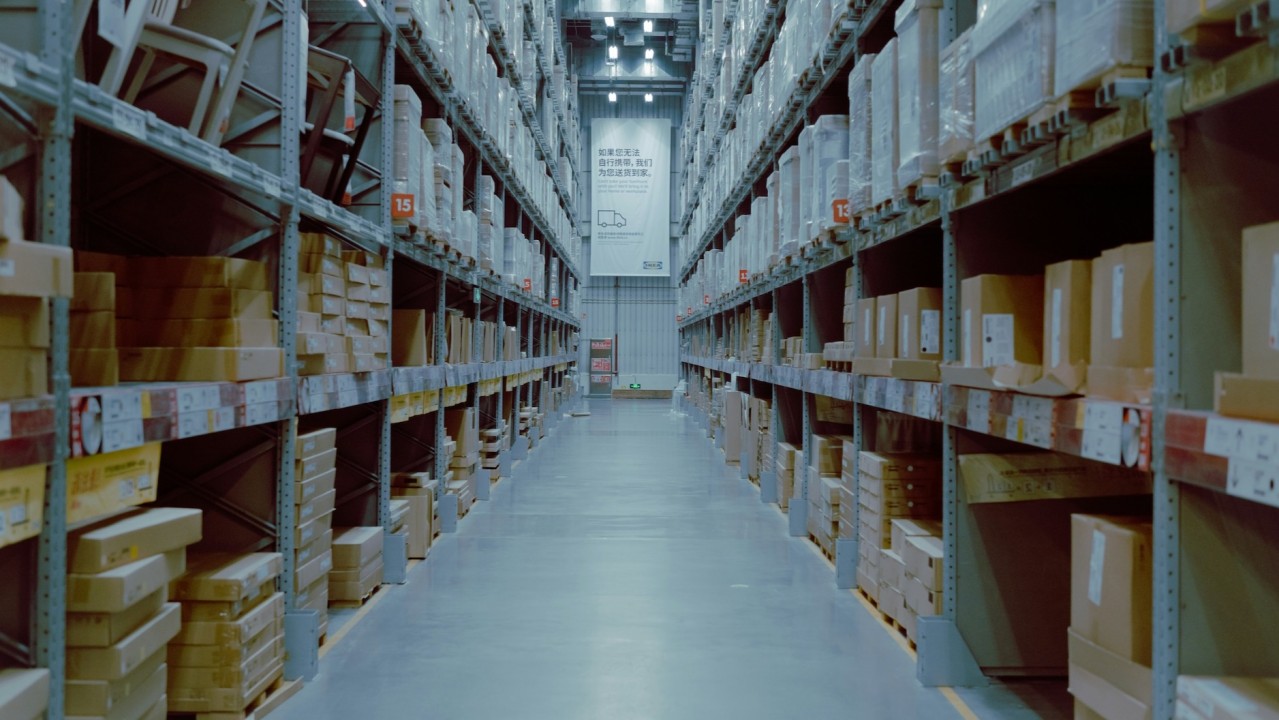We have spent weeks thinking about the immediate effects of coronavirus on our health, communities, workplace and economy. These are times of uncertainty that are changing our individual, social and employee behaviors. And, many of these changes are likely to last.
Looking at China, it’s obvious that some habits have settled in. While restrictions have been lifted, the streets are filled with pedestrians in face masks, people keep their distance in public and millions continue to work from home. Social habits have persisted even after the epidemic, and from market analysis, we know that buying habits, geared to online shopping during COVID-19, are less likely to cease as well.
A recent survey showed that 31% of U.S. households have used an online grocery delivery or pickup service during the past month, and that 43% of respondents said they are either extremely likely or very likely to stick with online grocery buying.
So what does this mean?
We are now experiencing the acceleration of the delivery economy that was expected to take hold in 3-5 years. And this new reality is impacting business now. Retailers and eCommerce companies that have already invested in expanding their logistics network are benefiting now. While those companies with traditional delivery services are challenged to scale and those without any services are challenged to survive.
Those businesses that manage to beat out the storm and get their goods into their customer’s hands rapidly and efficiently will come out stronger. Amazon online groceries, for example, is expected to gain customer loyalty. The companies that barely weather the storm will need to prepare for the day after.
To be positioned for “day after” success, retail businesses need to evaluate new fulfillment models like BOPIS, curbside pickup, and on-demand delivery, all trending with the onset of COVID-19. They need the right solutions in place to make sure that they can immediately change their fulfillment models to meet customers’ changing expectations.
Business will need the technology to rapidly move goods from dark stores, micro fulfillment centers or warehouse – by owned and contracted fleets – to customer doors, pickup sites, lockers or curbside. However, this logistics model is massive, complex and expensive to build.
Technology providers and partners need to present businesses with an alternative. And here again, I mean the coalition, an open, connected logistics network that will help bring market forces together and level the playing field so convenient, cost-effective and fast delivery will become accessible, usable and valuable to everyone. It’s about making all brands deliver like the giants and meet the new delivery normality.



